
Information on carbon tubes
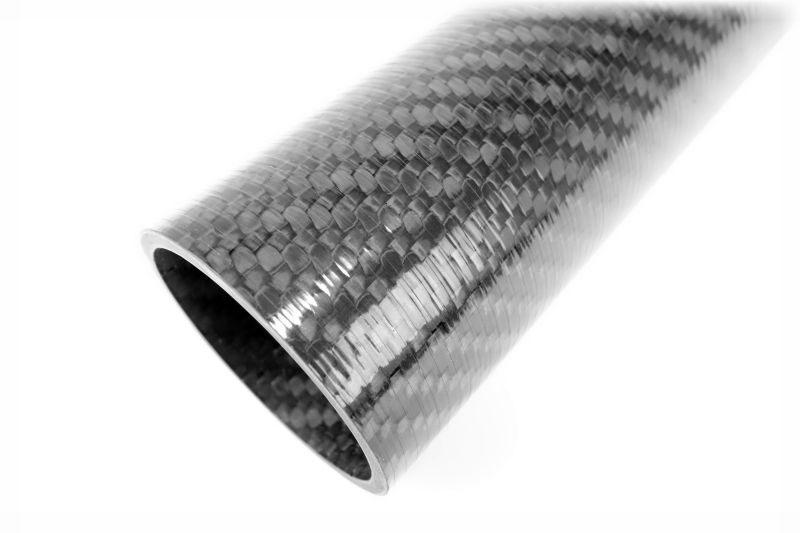
winding surface
The winding surface is very well suited to applications for which a good grip is required due to a fine, circumferential spiralization.
Due to the special feel, the winding surface is preferably used in applications as handles, fittings or levers to prevent the operator from slipping.
The winding surface has a finely grooved surface with a shiny appearance, where the carbon optics stand out directly.
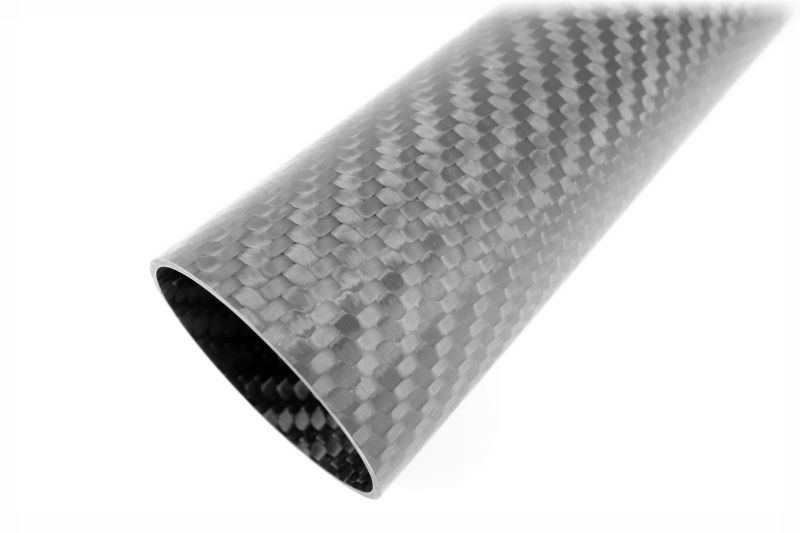
Grinded/ matt surface
The grinded, matt precision surface is particularly well suited for applications where maximum roundness is required. This surface is often used for CFRP rollers, carbon guides, linear rails or carbon shafts.
Due to the matt surface finish, this surface is robust and scratch-resistant and is therefore also often used in telescope systems with clamps. Carbon tubes with a matt, precision-ground surface are also free of specular reflections, which means that this smooth surface is preferred for camera tripods.
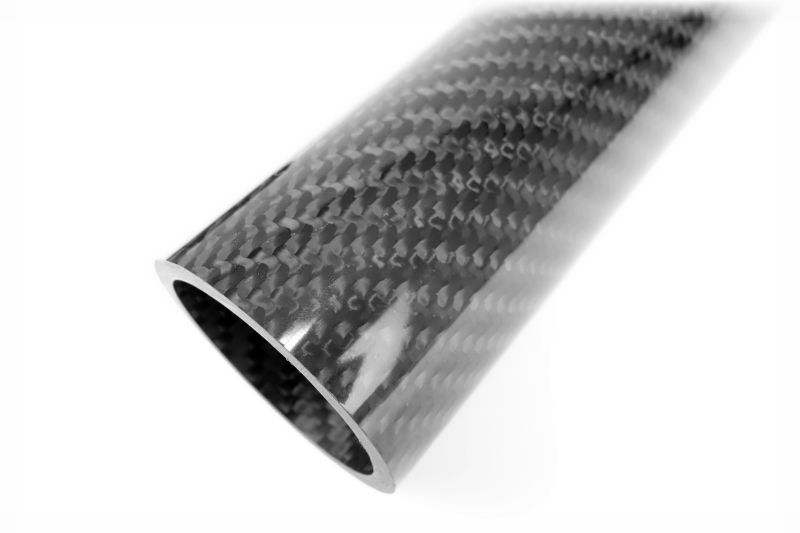
High glossy surface
Carbon tubes with a high-gloss surface coating are characterized by their unique design, which gives the carbon look an even greater depth effect. In addition, this surface contains UV protection, which protects the epoxy matrix of the pipes when used outdoors. The surface is smooth and high-gloss/reflective, which creates a particularly elegant look for optical applications, as well as very good roundness and dimensional accuracy thanks to the previous cylindrical grinding.
Comparison of tissue types
When manufacturing carbon tubes, the design can be customized by selecting different fibers and weaves. Carbon fabric types with a plain or twill weave are most commonly used here. In addition, tubes with a unidirectional fiber flow or individual fiber structure or fiber angle, as well as filament winding are possible.
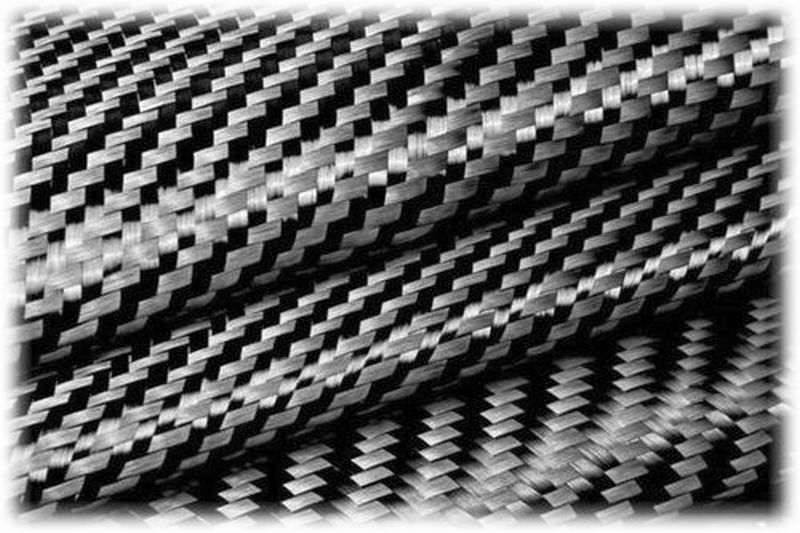
Twill weave 2/2
In twill weave, the fibers run at an angle of 0° / 90° to one another. Due to the special 2/2 weave, the fibers appear to be sloping at an angle of ±45°, although the fibers run lengthwise and crosswise to the axis of the pipe.
We use this design for tubes from the Power Tube series (wall thickness 5mm) and the Telescopic Tube series (wall thickness 2.5mm). Our carbon plates and carbon angles are also made with this type of fabric, which means that they can be combined very well due to the same design.
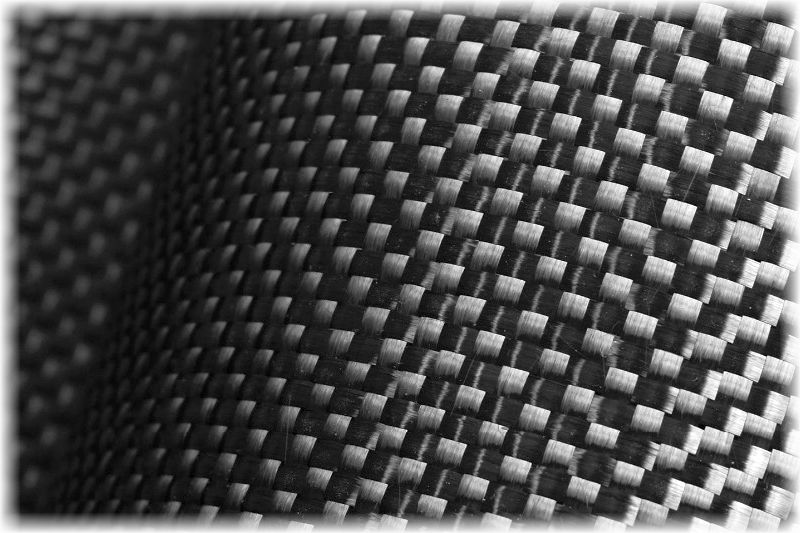
Plain weave fabric
In a carbon fabric with a plain weave, the fibers run at an angle of 0°/ 90° to each other. Due to the 1/1 weave, the fibers are exactly perpendicular to each other. When using this fabric for the production of CFRP pipes, the fibers run in the longitudinal and transverse direction to the axis of the pipe.
This increases the ratio of flexural rigidity to compressive strength and is used by us for different wall thicknesses, including 0.5mm, 0.75mm, 1mm, 1.5mm, 2mm and 3mm. The exact weaving of the fibers allows a very fine fabric look to be created, which means that the carbon products have an elegant carbon design.
